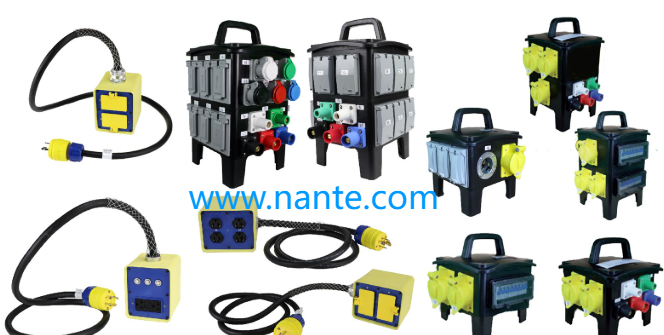In a world where infrastructure demands are constantly shifting, having a flexible and reliable outdoor electrical distribution panel is more important than ever. From pop-up medical clinics in underserved areas to remote renewable energy sites, modular outdoor units offer configurable power management that adapts to each unique environment. Whether it’s hosting large-scale music festivals, supporting disaster relief efforts, or feeding electric vehicle chargers along highways, these panels deliver safe, weatherproof performance tailored to the task at hand.
Event organizers face pressure to power stages, food courts, and lighting rigs seamlessly across diverse locations. Traditional fixed installations simply cannot keep pace with touring schedules or temporary setups. Modular outdoor electrical distribution panels streamline the process: plug-and-play power modules snap into a central frame, allowing electricians to scale circuits up or down within minutes. This agility reduces setup time and eliminates the risks of overloading or under-powering critical systems, ensuring smooth operations from sound check through final encore.
For construction sites and mobile workshops, power requirements can vary dramatically day to day. Heavy machinery, heating systems, and tool benches each demand dedicated circuits, while site offices and break areas require their own safe, isolated feeds. Prefabricated panel sections let contractors arrange and rearrange breaker positions, integrate emergency shutoffs, or add metering components as work progresses. Durability features—like UV-resistant housings and high-grade gaskets—keep these panels running reliably through dust, rain, or intense sunshine, safeguarding equipment and personnel.
The push toward decentralized renewable power also drives adoption of modular outdoor distribution solutions. Solar farms and wind installations often sit miles from established grids, requiring local power hubs to manage variable inputs and connect back to main lines. By deploying weatherproof panels with integrated surge protection, operators can monitor array performance, isolate faults, and maintain stable output to storage systems or consumer networks. The ability to swap comparator modules on-site minimizes downtime and supports continuous clean-energy delivery.
Meanwhile, smart city initiatives are transforming streetscapes into digitally connected ecosystems. IoT sensors, LED streetlights, and security cameras all need dependable feeds in public spaces. Modular panels equipped with data-communication ports enable seamless integration of power and network cabling, creating unified service nodes that simplify maintenance. City planners appreciate that standardized enclosures allow future upgrades—such as EV charger stations or air-quality monitors—to plug into existing setups without major overhauls.
Disaster response teams often need to establish temporary clinics or shelters in areas where grid infrastructure is compromised. Rapid-deploy distribution panels become lifelines, feeding medical imaging gear, refrigeration units for vaccines, and lighting in triage tents. Stackable modules designed for quick assembly help relief workers restore critical services faster, saving lives and reducing logistical burdens. Portability features, including built-in handles and forklift pockets, further enhance field mobility.
Safety and compliance are paramount across all these applications. Modular panels come with pre-certified breaker assemblies and clear labeling for each circuit, speeding inspections and reducing human error. Locked enclosures and tamper-resistant fittings protect against unauthorized access or environmental hazards. Technicians value user-friendly front-access designs that keep routine checks simple while ensuring robust protection against short circuits or moisture ingress.
Customization extends beyond electrical components. Powder-coat finishes in corporate colors or high-visibility schemes support branding and site security protocols. Panels can include space for auxiliary equipment—such as battery banks or monitoring displays—without compromising footprint. Manufacturers work with clients to tailor each system, from enclosure dimensions to conduit entry placement, ensuring a perfect match for every job requirement.
As sectors continue to evolve—driven by climate resilience, urbanization, and mobile lifestyles—modular outdoor distribution systems will remain at the forefront of power management. For engineers and project managers seeking adaptable, field-ready solutions, explore the full range of configurable power panels at www.nante.com .



